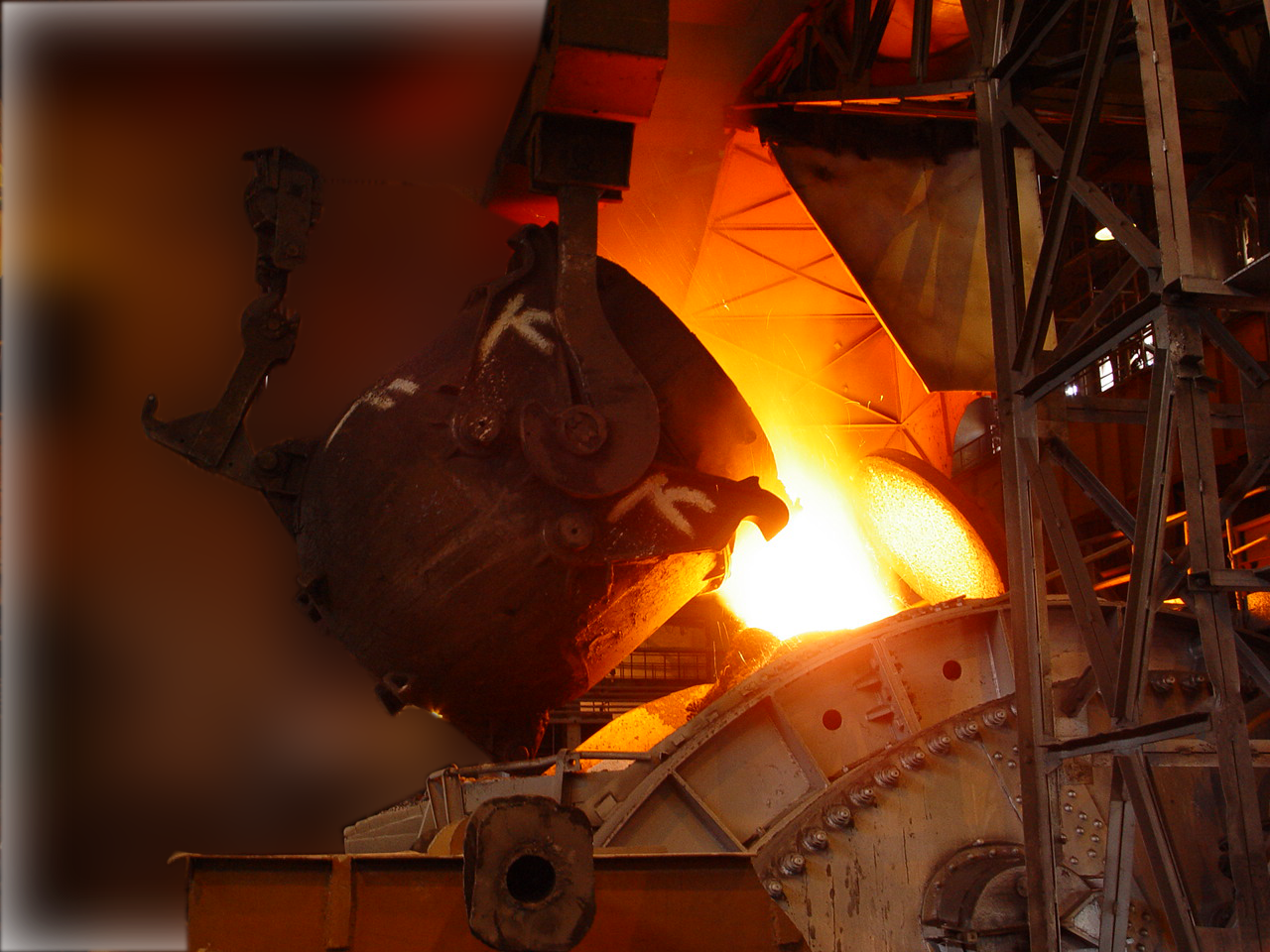Weekly Analysis of the Global Steel Market

The global steel market saw mixed trends; prices rose in the US while fluctuating in China. Iran’s steel output fell by 2.7%, with potential winter energy shortages being the main domestic challenge.
autorenew
thumb_up
thumb_down
By: Ms. Mazeynani, Steel Industry Analyst
During the week ending October 28, 2025, the global steel market experienced a mixed and cautious trend overall.
In the United States, steel prices recorded a slight increase. Nucor Corporation raised its spot hot-rolled coil (HRC) prices by USD 10 per ton after a period of stability. Crude steel production for the week ending October 25 reached 1.747 million tons, up 9.9% year-on-year, while the capacity utilization rate stood at 76.3%.
In China, steel prices fluctuated and stood at 3,075 yuan per ton as of October 28. The Chinese government has recently implemented measures to control production capacity in certain regions to balance supply and demand. Despite reaching a two-week high, prices remain 6.39% lower year-on-year, mainly due to weak domestic demand and a prolonged slowdown in the housing sector.
In Brazil, Usiminas reported a 15% decline in crude steel output in the third quarter of the year. Sales volumes were also slightly lower than last year; however, price stabilization is expected in the fourth quarter. The company also reported higher iron ore production and sales during this period.
According to SteelBenchmarker data, mid-October saw minor declines in hot-rolled coil prices in the U.S. and China, while Western Europe experienced a slight increase — reflecting continued mixed signals across the global steel market.
At the industry level, the focus on developing low-carbon and sustainable steel products remains strong. Steel Dynamics recently introduced a new range of low-carbon steel, signaling growing demand for environmentally friendly products worldwide.
Overall, the global steel market during the past week was characterized by moderate production growth in the U.S., price volatility in Asia, supply control efforts in China, and cautious expectations in South America. These movements are largely influenced by seasonal trends and weak global demand.
Meanwhile, according to the World Steel Association (WSA), Iran’s crude steel production declined by 2.7% during the first nine months of 2025, placing the country 10th globally. This decrease is attributed to lower global demand and especially the slowdown in domestic construction activity.
In Iran’s domestic market, steel product prices have recently shown fluctuations driven by exchange rate volatility and liquidity constraints. However, the market has entered a phase of relative stability following the upward trend seen in early summer. Industry forecasts still point to possible production disruptions during the winter due to energy shortages (electricity and natural gas).
In summary, the steel market currently appears stable yet structurally challenged, with energy supply concerns and uncertain demand outlooks remaining key factors shaping producers’ strategies.
Source
Ms. Mazeynani